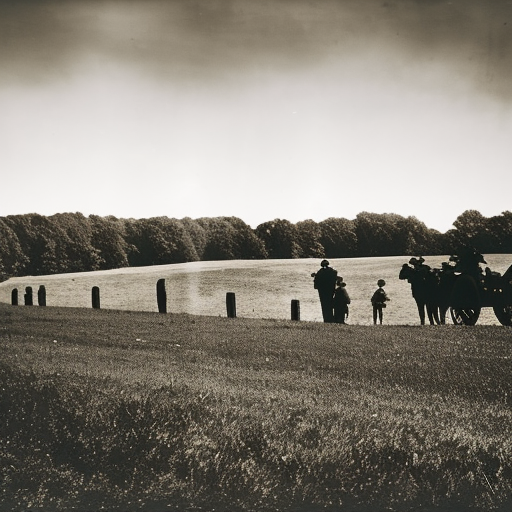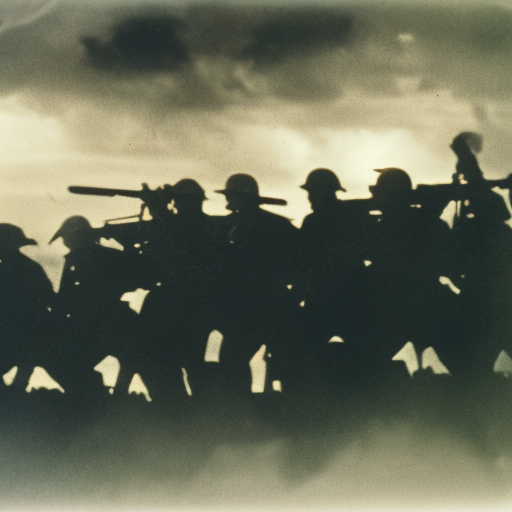The Battle of Antietam (1862)
The Battle of Antietam, also known as the Battle of Sharpsburg, took place on September 17, 1862, during the American Civil War. It was the first major battle fought on Union soil and remains the bloodiest single day in American history, with over 22,000 casualties.
Background
After a series of Confederate victories, General Robert E. Lee decided to invade Maryland in hopes of gaining support from the local population and potentially influencing European powers to recognize the Confederacy. Lee’s army crossed the Potomac River and moved into Maryland, while Union General George B. McClellan pursued him with the Army of the Potomac.
The Battle
The battle began when Union forces encountered Confederate troops near Antietam Creek. The fighting quickly escalated, with both sides suffering heavy casualties. The Union army launched several assaults on the Confederate lines, but the Confederate soldiers held their ground. The battle raged throughout the day, with intense fighting in areas such as the Cornfield, the West Woods, and the Sunken Road.
Bloody Lane
One of the most significant parts of the battle was the fighting at Bloody Lane. Confederate troops under General D.H. Hill occupied a sunken road, which provided them with excellent defensive positions. Union soldiers repeatedly attacked the position, but the Confederates held firm. The fighting was so intense that the road became clogged with bodies, earning it the name Bloody Lane.
The Outcome
By the end of the day, both sides had suffered heavy losses. The Union army had around 12,400 casualties, while the Confederates had approximately 10,300. Despite the high number of casualties, the battle was considered a tactical draw. However, it was a strategic victory for the Union as it halted Lee’s advance into Maryland and gave President Abraham Lincoln an opportunity to issue the Emancipation Proclamation.
Significance
The Battle of Antietam had several significant consequences. First, it boosted Union morale and demonstrated that the Confederate army was not invincible. Second, it gave President Lincoln the confidence to issue the Emancipation Proclamation, which declared that all slaves in Confederate territory were to be freed. This proclamation shifted the focus of the war from solely preserving the Union to also abolishing slavery.
Aftermath
Following the battle, Lee’s army retreated back into Virginia, and McClellan’s forces did not pursue them aggressively. McClellan’s failure to decisively defeat Lee led to criticism and eventually his removal from command. The battle also highlighted the need for improved medical care for wounded soldiers, as the sheer number of casualties overwhelmed the available resources.
Legacy
The Battle of Antietam is remembered as a turning point in the American Civil War. It marked a shift in the Union’s war aims and demonstrated the high cost of the conflict. The battle also paved the way for future Union victories, such as the Gettysburg Campaign in 1863. Today, the Antietam National Battlefield preserves the memory of the battle and serves as a reminder of the sacrifices made during the Civil War.
In conclusion, the Battle of Antietam was a pivotal moment in the American Civil War. It was the bloodiest single day of fighting in American history and had significant consequences for both the Union and the Confederacy. The battle halted Lee’s advance into Maryland, boosted Union morale, and led to the issuance of the Emancipation Proclamation. The legacy of the battle continues to be remembered and honored today.












